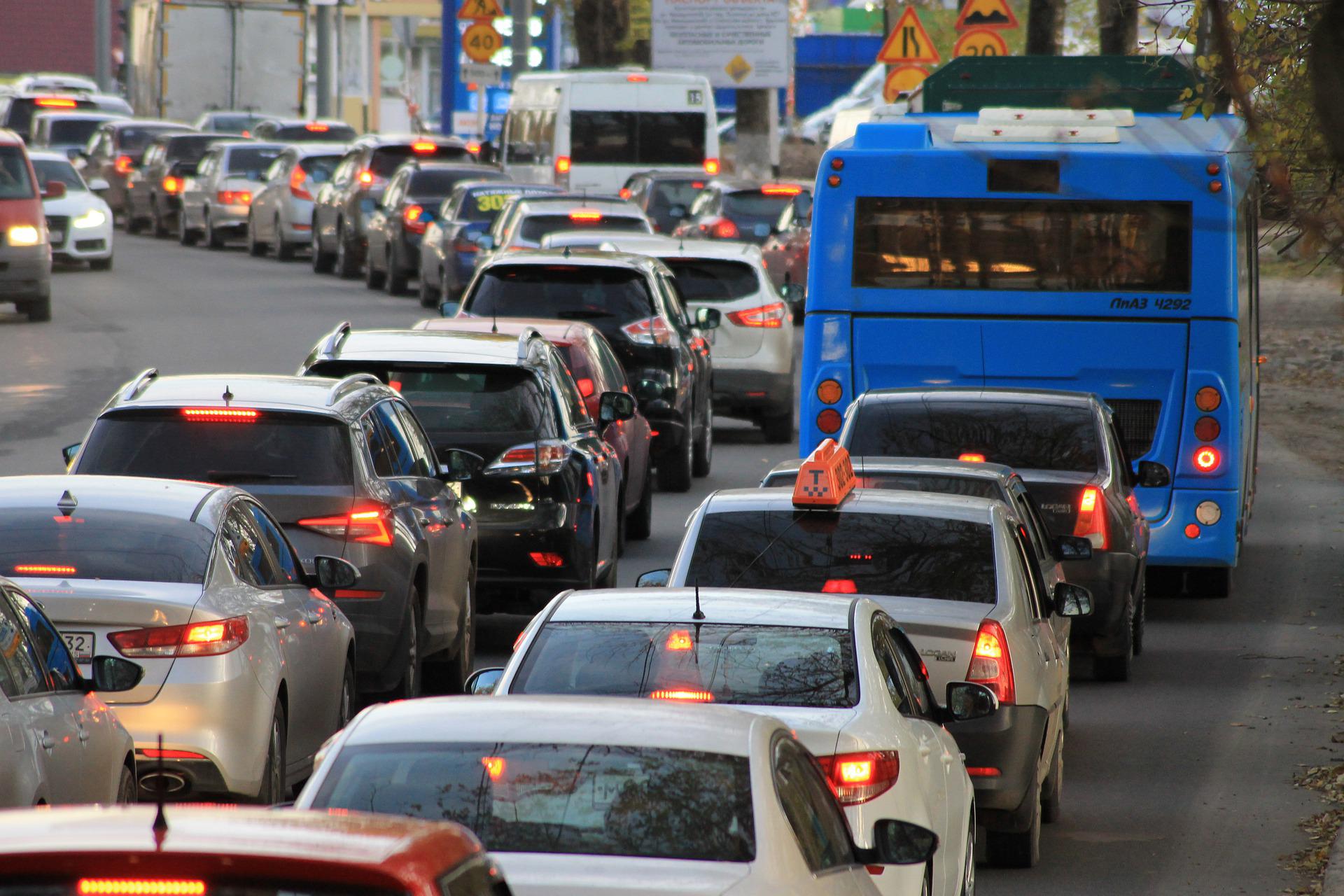
Researchers at Lund University in Sweden have identified the top 12 ways European cities have been able to curb car use. The most effective measure was applying a congestion charge, with the notable case of London, where city traffic dropped by 33 percent following the change. Most success stories involved both “carrots” to encourage sustainable mobility and “sticks” to restrict cars, according to the study, writes Lund University in this press release.
“Transport is a major source of climate pollution in Europe, and these emissions aren’t really declining. Current policies heavily subsidize private car use and parking, hiding the true costs of driving for society. The newly launched EU Mission aims to have 100 climate-neutral cities in Europe by 2030. This will be nearly impossible to achieve without reducing car traffic. To make progress, we need to know the most effective ways to free cities from excessive dominance by cars”, says Kimberly Nicholas, researcher at Lund University.
Successful cities combined different policy tools
The study quantifies how well 12 measures reduce car use, drawing from real-world experience in cities across Europe. Nicholas and Paula Kuss screened nearly 800 peer-reviewed studies and case studies to uncover those dozen measures.
“We didn’t find one silver bullet – the cities that were successful combined a few different policy instruments, especially charging for or restricting driving and parking, combined with investing in public and active transport infrastructure like bike lanes”, says Kimberly Nicholas.
Especially effective measures included a congestion charge, which cities including London, Milan, Stockholm, and Gothenburg have used to reduce traffic across the whole city center by 12-33 percent. Oslo’s replacement of parking spaces with strollable car-free streets and bike lanes, and Rome’s restriction on cars entering the city center, with violation fines used to finance public transport, both reduced car traffic around 10-20 percent. The measures are described in more detail in a feature article in The Conversation.
About 75 percent of initiatives were led by local city governments, often in collaboration with local companies or local public transport providers and civil society.
Collaboration between actors helps
Collaborations between cities, employers and universities could also play an important role in reducing traffic. Utrecht reduced the share of commuters traveling by car by 37 percent by providing mobility services including free public transit pass for employees and workplace shuttle buses. Bristol in the UK and Catania in Italy both reduced car commutes to the university by 24-27 percent with travel planning for staff to use car-sharing, walking, biking, or public transport, or mobility services to provide free public transport for students respectively.
“Our results show that there are already European cities succeeding at reducing car use and improving quality of life and sustainable mobility for residents. With this analysis, we hope other cities can learn from and implement these successes,” concludes Kimberly Nicholas.

Selected for you!
Innovation Origins is the European platform for innovation news. In addition to the many reports from our own editors in 15 European countries, we select the most important press releases from reliable sources. This way you can stay up to date on what is happening in the world of innovation. Are you or do you know an organization that should not be missing from our list of selected sources? Then report to our editorial team.
